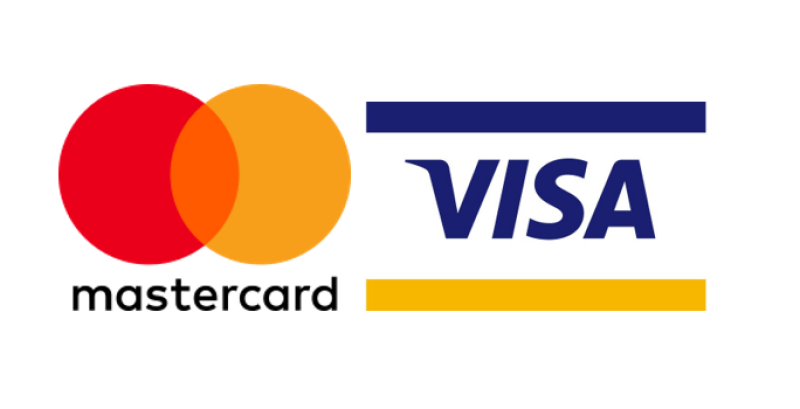Complete Neuro Physio Now Providing Fesia Walk (FES) Assessments.
Fesia WalkThe latest generation of Functional Electrical Stimulation (FES) gait rehabilitation system
Ectron is Delighted to announce that Complete Neuro Physio have now completed their training in Fesia Walk (FES) and Fesia is now available in Birmingham and the West Midlands area!
To book an assessment, please call Complete Neuro Physio on 0121 411 9626 or email: info@cnphysio.co.uk
Uniquely, Fesia Walk generates surface electrical stimulation of the posterior tibial and peroneal nerves to trigger plantar and dorsiflexion in the corresponding gait phases.
Fesia Walk offers:
- Specific therapeutic protocols for different stages (acute, subacute and chronic)
- Universal garment for either right or left leg
- Only FES device to stimulate both plantar and dorsiflexion
- No clinicians kit required for therapists
- Controlled by an app from the Google store - no separate hand controller is required
- Setting and starting time set to the minimum
- Estimates gait patterns
- Improves patient monitoring
- Generates patients activity reports
- Compact in size
- Bluetooth and wireless connectivity
- Delays appearance of fatigue
For more information about Fesia for your clinic please call Chris on 0117 941 3979 or email enquiries@ectron.co.uk
More Recent News


ECTRON NEWS


ECTRON TWITTER
ECTRON TWITTER
© Ectron 2024. All rights reserved. Website design by Website Sorted
ADDRESS
Ectron Ltd, Anvil Street, Temple Quay, Bristol BS2 0QQ
enquiries@ectron.co.uk
TELEPHONE
+44 (0)117 9413979



